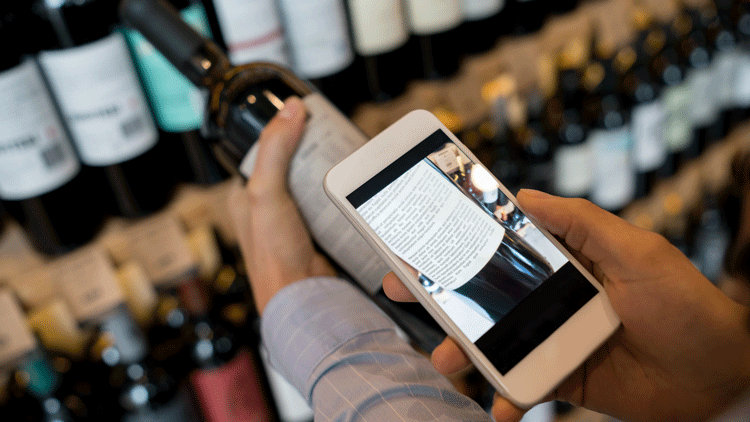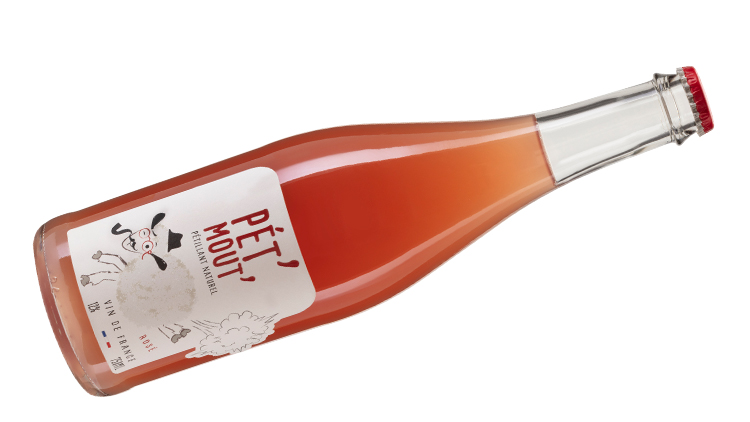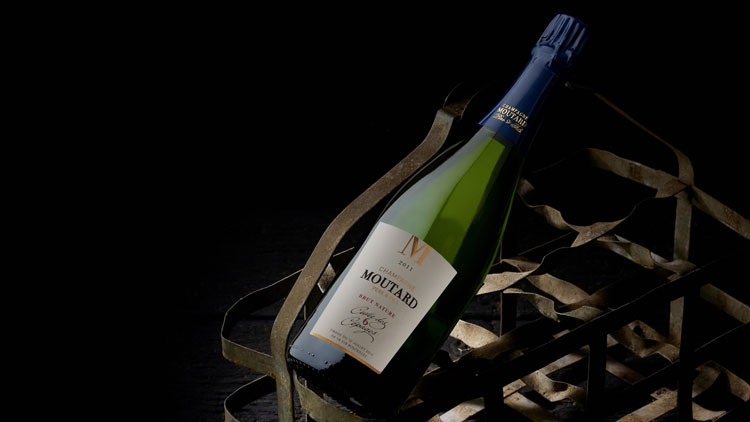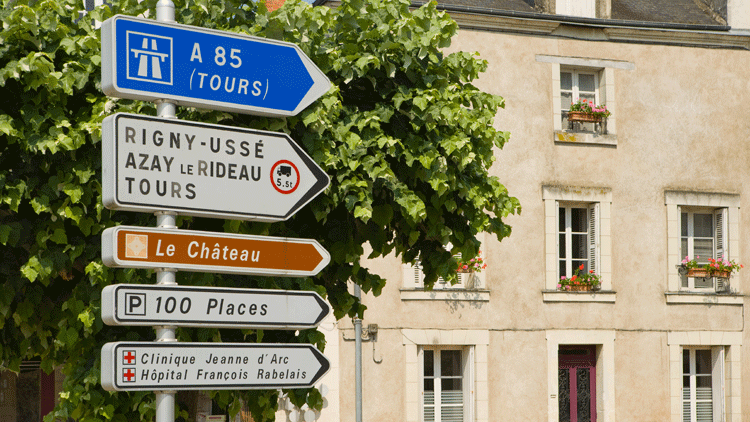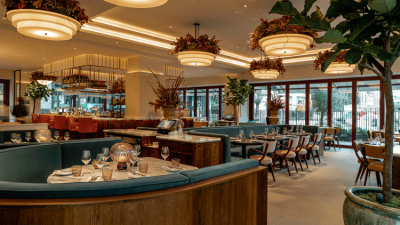Six restaurant wine trends
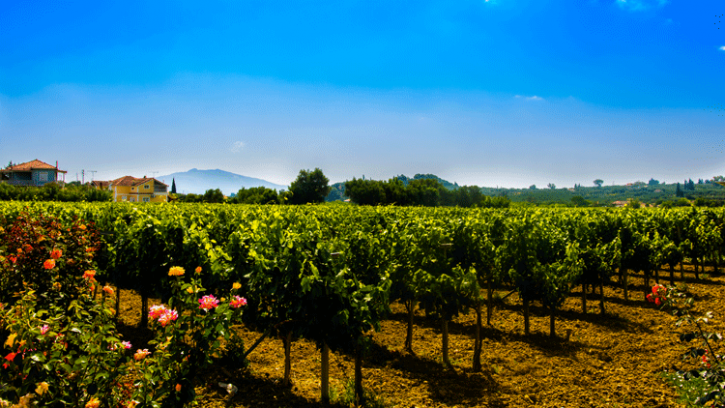
1. Vivino warriors
Vivino is a sort-of vinous TripAdvisor that allows users to obtain information about a wine by scanning its label. Initially designed for use in a retail setting, the smartphone app can now also be used to analyse restaurant wine lists, displaying each wines’ crowd-sourced rating and tasting notes and, in some cases, even offering users the chance to order it there and then.
The app is a source of much frustration for Cong Cong Bo, the founder of Cambridge wine bar and shop Amphora. She has observed an increasing number of (mostly youngish) customers using it to make ‘informed’ decisions on which wines to buy.
“There’s an AI element in the app that attempts to recommend wines based on what users have had before but it’s pretty basic,” she says. “The price is also misleading, because it does not take into account minimum order quantities or delivery costs.”
But the main problem with Vivino’s model, she says, is that anyone can leave a rating. Wines that are difficult to understand don’t tend to fare well, sweet wines seem to always do well and the app has a pronounced bias towards jammy reds. “We’re not talking about seasoned wine drinkers here. Frankly, most people don’t know what they are talking about.”
2. Reevaluating Burgundy
Chris Laidler probably would not have gone with a Burgundy-focus for the wine list at his Manchester rooftop restaurant Climat had he known what was coming down the track. “When everything started going wrong with the economy last year I thought ‘what have I done?’.”
But he has persevered, looking at the famed region’s less obvious areas to find wines that come in at less heady price points. This is an exercise many other restaurants will be undertaking, with prices in the region having increased to the point where many wine lovers can no longer afford the classics. “A lot of people think of Burgundy as just being about big oaky Chardonnays and Pinot Noir but there is more diversity than the region is given credit for,” Laidler says.
“For example, Saint-Bris is a good source of zippy wines made with Sauvignon Blanc and there’s Aligoté which produces a style that is comparable to Chardonnay but is usually less costly. And on the red side you have Gamay, which is far more relevant now following the rise of Beaujolais and the use of that grape in what one might call hipster-orientated wines.”
Talking of wines likely to go down well with those looking for something ‘natural’, Champagne house Domaine Moutard which has created a pair of pet nats from Chardonnay and Pinot Noir grapes grown in its vineyards in Tonnerre, close to Chablis.
“These Pet Nats signal an evolution. We have a world-renowned Champagne house growing grapes near Chablis and using an ancient winemaking method to produce cutting edge on-trend wines,” says James Dainty, a business unit controller at Domain Moutard’s UK importer Lanchester Wines. “This is really exciting. Moutard isn’t afraid to experiment and have fun with their wines, and what’s more fun than a farting sheep (a Péter Mouton) on the bottle?"
When it comes to more classic styles of Burgundy, the southern Mâconnais region is a good source. While wines like Pouilly-Fuisse, Viré-Clessé and Saint Veran now command relatively high prices there are less exalted regions to be explored that make very similar wines, including Mâcon-Lugny and Mâcon-Verzé.
“It’s all in the same ballpark," Laidler continues. "There is a lot of snobbery around wine, we were always told we 'have to have that one'. But it now feels like we’re in a place where people are more likely to question why a given appellation is less lauded than its next door neighbour.”
Laidler is not too proud to seek out high quality examples of wines that are Burgundian in spirit but don’t hail from the area, either. “I absolutely love Burgundy and sometimes it has got to be the real deal but countries including Portugal and South Africa are great sources of comparable wines that are arguably better value. With Burgundy you are paying extra for the prestige of the brand. There is no doubt about it.”
Supplier comment
Lanchester Wines: UK Champagne sales buoyant with consumers trading up
Lanchester Wines has partnered with Champagne Moutard to bring its range of premium Champagnes to the UK trade. We spoke with James Dainty from Lanchester Wines: “Recent figures from Le Comité Interprofessionnel du vin de Champagne (CIVC) shows UK Champagne sales as steady with 28million bottles of Champagne exported to UK in 2022.
Non Vintage Brut Champagne the big success of 2022, accounting for 78% of all UK sales and, importantly, British 18-34 years old buying more Champagne than a year ago. This is great news for the sector as we expect they will continue drinking Champagne as they mature with their wine choices increasing in value inline with their income.
“We’re increasingly seeing consumers trading up to more expensive Champagnes which are most often sourced from the high quality on trade venues or independent off trade outlets who are able to offer advice and information. This trend isn’t specific to the UK.”
3. Kegs go mainstream
There’s been a lot of talk about alternative packaging formats over the past few years including cans, PET bottles and even paper bottles. But the vessel that’s really gaining traction in restaurants and bars that take their wine seriously is keg.
The London-based Uncharted has played a leading role in pioneering keg in quality venues, with early adopters including the likes of Padella and the Galvin brothers and more recent projects including Super 8 Restaurants’ new West End restaurant Mountain and AngloThai’s residency at Outcrop within 180 The Strand.
“A glass bottle is the perfect vessel in which to serve wine, but it is not necessarily the best way to transport it,” says Uncharted’s founder (and former sommelier) Rupert Taylor.
The environmental and practical benefits of largely taking glass out of the supply chain (the majority of Uncharted’s customers fill bottles from keg in-venue) are obvious. What is perhaps less obvious is that – in the right hands, at least – kegs are a far more stable solution for storing wine than bottles because the wine is held under pressure in an oxygen-free environment.
“When Covid first hit, our customers collectively had hundreds of open kegs,” Taylor says. “When these venues reopened four months later when we came out of the first lockdown only a handful were out of condition, and that was because restaurants had shut in such a hurry they weren’t able to close them properly.”
While kegs – which typically range from 10 to 30 litres – are usually reserved for wines that restaurants shift in high volumes, Uncharted is increasingly carrying more premium lines – it even now offers a Meursault.
4. The little black book comes into its own
Cellar lists, ‘secret’ selections, little black books… call them whatever you like, but selections of interesting and/or hard to find wines with limited availability that sit outside the main list have come into their own over the past year or so.
During the pandemic, many restaurants were forced to slash the number of listings they offered to improve cash flow with some restaurants even going as far as liquidating their liquid assets by selling off the rarities they’d been sitting on.
Wine lists have been gradually increasing in length since restaurants have reopened, but continuing business uncertainty has seen many restaurants introduce cellar lists in a bid to add depth to their wine offer without dramatically increasing their holding stock.
“We are not a restaurant where people regularly come in and spend large sums on top wines, but it does happen occasionally,” says Sam’s Riverside co-owner Sam Harrison. “Our Sam’s Cellar selection gives us options for those celebrating a special occasion or impressing a client without us having to hold lots of stock, which we are still quite wary of doing.”
A separate selection within Sam’s Riverside’s main (and regularly-reprinted) A4 list, the keenly-priced selection includes a 2014 Kistler Vineyards Chardonnay for £250 and a 1998 Château Palmer for £410. All the wines are stocked on a sale-or-return basis with Harrison typically holding only a couple of bottles of each.
“I work with a handful of relatively small suppliers. They work with private clients too so they often have a few loose bottles to get rid of. It’s a fun way to offer our customers a bit of variety without making a heavy investment in stock.”
5. The squeezed middle
Some operators are reporting polarisation when it comes to spending on wine, with customers either sticking to entry level options or going big and not a lot in between these two extremes. “Prior to everything seemingly going wrong about a year ago we would sell an even spread of wine through our price bands each night,” says Rob Maynard, co-owner of Hove’s Wild Flor. “But it seems like the people that were drinking wines from the middle of our list are being squeezed by rising mortgage payments.”
Wild Flor has been forced to respond by reducing the number of mid-priced wines – around £60 to £70 - it offers. These bins have largely been replaced by additional lines at the lower end of the list. “It’s not cheap because we need to commit to holding a lot of stock to access the prices we need. But it does mean we’re not standing there with only a handful of wines to offer people. We want people on a budget to enjoy their experience.”
The great irony is that the middle of the list is typically where the best value is to be found. “We call it the fun zone. It’s undoubtedly where you get the most bang for your buck. It’s a shame.”
6. Looking closer to home
There was a time not so long ago when importers seemed to be obsessed with wines from far-flung places. But there has now been a shift to wines from relatively nearby well-known wine regions as both restaurants and the general public look to reduce their carbon footprint and seek succour in the familiar. These include the Loire Valley, South West France, Portugal and Greece. All of these regions are known for producing high-quality wines but are yet to be fully-explored, especially by mainstream drinkers and venues.
The Loire is a particularly good example of this. Most wine drinkers will be familiar with Muscadet, Sancerre and Pouilly-Fumé but the area - which is one of the closest to the UK geographically - has a lot more to offer. “The public and even wine people assume places like the Loire are well-trodden, but when you really drill down into the appellations it often turns out that this isn’t the case,” says Cong Cong Bo, the founder of Cambridge wine bar and shop Amphora. “I was in Paris recently and tried some exceptional Anjous, but they are very difficult to get hold of in the UK.”
Wines from less well-known appellations nearly always have a lower price tag - until they are 'discovered' at least, with Beaujolais being a good recent example of a hitherto underrated region that now commands higher prices. “I do a lot of tasting events at Amphora. Typically the wines I open are usually around the £30 but when we did one recently exploring the Loire they were more like £20 and the quality of all of them was really high. In fact the only one that did disappoint was a £30 Sancerre, which is obviously one of the region's most famous wines. Finding things that are a but less sung is great, but they do tend to languish on the list unless they are hand sold because customer’s won’t gravitate to them. People like to order things they have heard of.”
